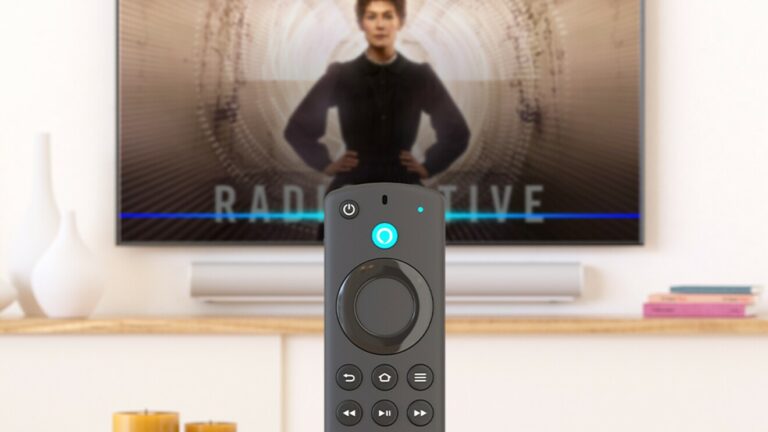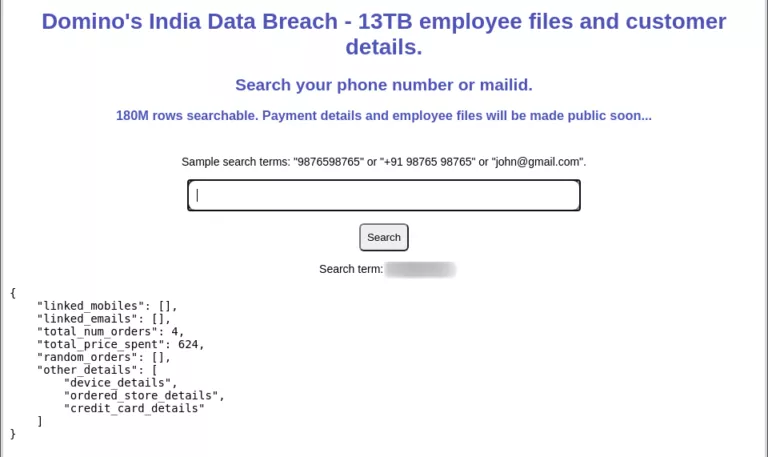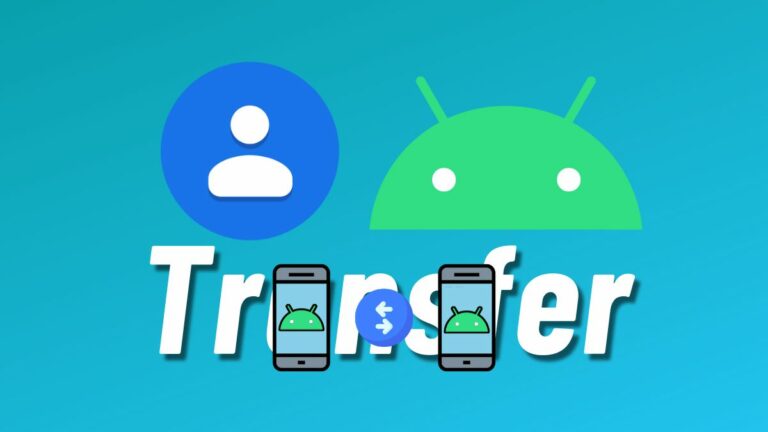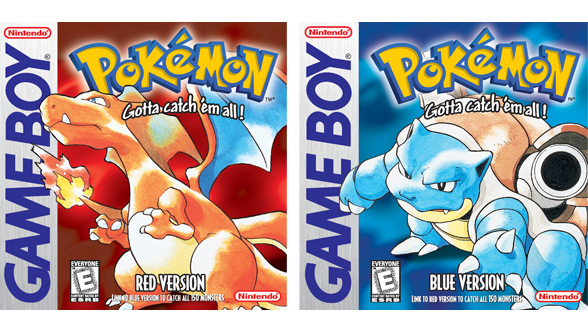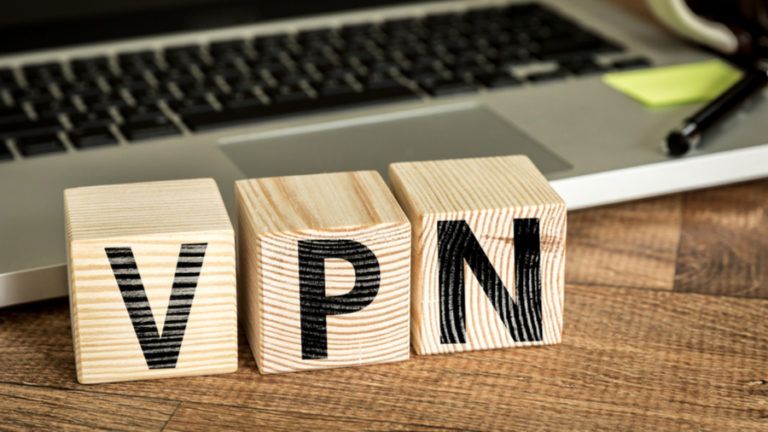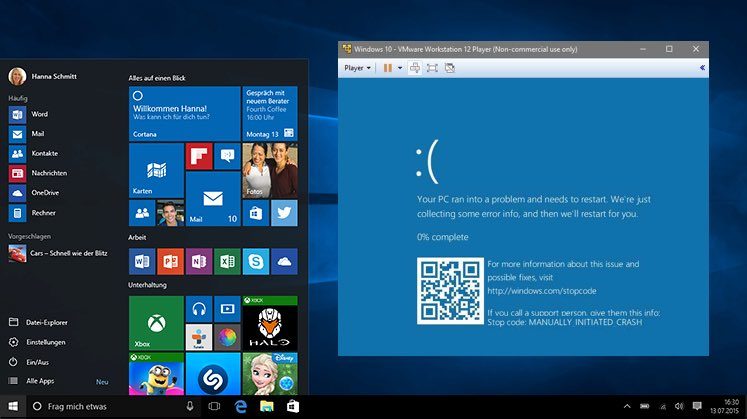How To Fix A Corrupted SD Card Or Pen Drive Using Simple Steps?

Dealing with a corrupted SD card or pen drive is a tedious task. You spend hours to get back your storage into working conditions but get nothing. You might have seen the same thing on online forums that are full of questions like “My pen drive is corrupted” or “My SD card is not working.” In this article, let’s look at the various methods that will help you to repair your corrupted SD card or Pen/Flash/USB drive in a flash (Pun intended).
Whenever we face the problem of a corrupted storage device, and we can fix the problem using a few CMD commands. If the command prompt isn’t your thing, you can also attempt USB drive repair using Windows Explorer.
If you’re looking for methods to repair corrupted hard drive, make sure to check out our comprehensive hard drive repair guide.
How to Repair a corrupted SD card or Flash Drive in simple steps?
Insert the SD Card and the USB drive into their respective slots. If your laptop doesn’t have an SD card slot, you can use a USB adapter and plug it into one of the USB ports on your laptop.
1. Change the Drive Letter
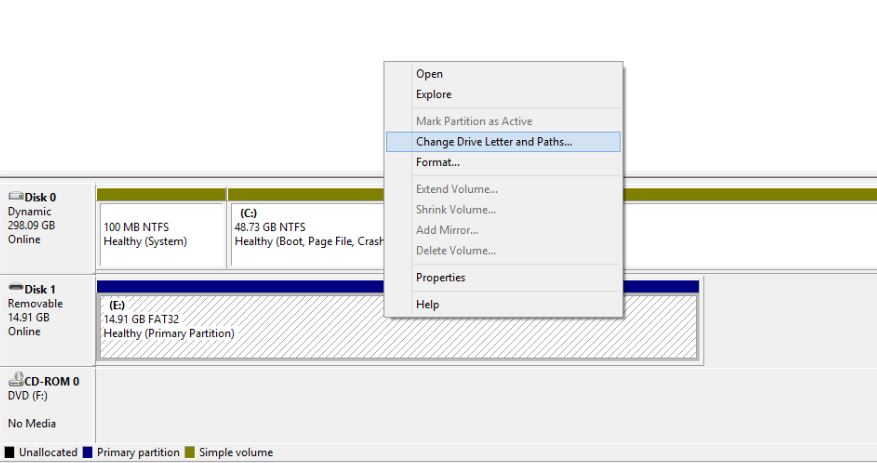
Your PC can sometimes fail to assign drive letters (like C, D, E) correctly to your storage media. As a result, the files on it can’t be accessed. One of the solutions to this problem is, manually assigning a drive letter to your storage device.
Follow these steps to fix the corrupted pen drive or memory card by assigning a drive letter:
- Connect your storage media to your computer.
- Right-click on My Computer/This PC. Click Manage in the drop-down menu.
- Click Disk Management on the left side and wait for a few seconds so that Windows can load the Virtual disk service.
- Right-click on your storage media and click Change Drive Letter and Paths.
- Click the drive letter (it will turn blue) and click Change.
- Select the drive letter from the drop-down list. Click Ok.
Meanwhile, you can also check out our article on why do windows drive letter start with C?
2. Try Another USB Port
Although it sound’s silly, you’re probably wasting your time if you repeatedly try to connect your SD card or flash drive to the same USB port on your computer. It could be possible that the port is damaged or you could also blame any other issue. Sometimes, even though the port works fine plugging in your flash drive in another USB slots magically solves the issue.
3. Try to Use it on Another PC
One of the possibilities why the USB drive is not detected on your PC could be because of compatibility issues. In which case try connecting your SD card or pen drive to a different computer.
4. Reinstall the Drivers
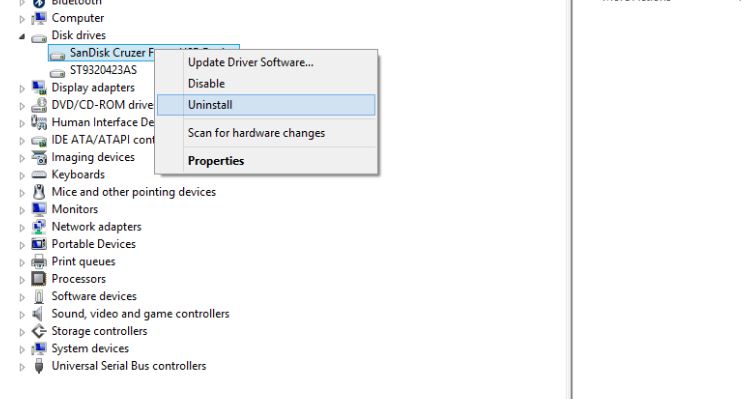
At times the drivers responsible to detect and help your drive function could be corrupted too. As a result, your PC will not be able to detect the storage media or read its contents. You can reinstall the drivers and fix a corrupted SD card or USB flash drive by following these steps:
- Right-click on My Computer/ This PC and click Manage.
- Click on Device Manager on the left side.
- Double-Click Disk Drives option on the list.
- Right-click on the name of your pen drive/SD card.
- Click Uninstall and the click Ok.
- Disconnect your storage media and restart your PC.
- Connect your pen drive again. Your PC will detect it and reinstall the drivers.
5. Repair a Corrupted Pen Drive or SD Card without Formatting it
One of the tried and tested ways to repair a bad storage media is by using the Check Disk tool that comes preloaded in Windows 10 (and older versions). This way you won’t need to format your corrupt SD card or flash drive in order to repair it. Here’s how to use it.
- Connect the storage media to your computer.
- Note down the drive letter.
- Right-click on CMD and click on open as Administrator.
- Type the command
chkdsk E: /f(Note that “E” is the drive’s name) and press enter. - The check disk tool will scan your USB drive or SD card and fix the underlying problem. It works in most cases.
6. Repair Corrupted SD Card Or Pen Drive Using Windows Explorer

Windows 10 (and older versions) comes with a built-in SD card repair tool that can be accessed via Windows Explorer. Here’s how to format a corrupt SD card or pen drive.
- Open My Computer or This PC in File Explorer.
- Right-click on the corrupted drive.
- Find and Click on Format in the drop-down menu.
- Click Restore Device Defaults in the popup window.
- Click Start to begin the format process
- Click Ok to proceed with the formatting process.
7. Repair corrupted Pen Drive or SD card using CMD
This process involves Windows command prompt, which is commonly known as CMD. This could be your last resort if all the methods mentioned above didn’t work.

Here, you have to enter some CMD commands, and Windows will forcefully format your corrupted flash drive or SD card that’s not reading:
- Connect the corrupted pen drive or SD card to your computer.
- Hover your mouse over the Start button and Right-click.
- Click Command Prompt (Admin). A CMD window will open.
- Type diskpart and press Enter.
- Type list disk and press Enter. A list of all the storage devices connected to your computer will be displayed.
- Type select disk <the number of your disk> and press Enter. (Example: select disk 1). Important: Make sure you enter the number correctly. Otherwise, you may format your internal hard drive. You can type list disk again to check whether you have selected the correct one. There will be a star (asterisk symbol) before the name of the selected disk.
- Type clean and press Enter.
- Type create partition primary and hit Enter.
- Type active.
- Type select partition 1.
- Type format fs=fat32 and press Enter. The format process will finish in a few minutes. You can write NTFS instead of fat32 if you want to carry files larger than 4 gigabytes. Don’t close the CMD until the work is finished.
If you are looking for software to erase hard disk drive, check out our latest list of tools here!
8. Fix Corrupted SD Card and USB Drive by Removing Bad Sectors
Our storage devices keep data in different sectors. Due to various reasons, these sectors become unusable, giving rise to bad sectors. By using some steps and running simple commands, you can perform a USB drive repair. Read more about it here in detail.
9. How to Recover Your Lost Data From A Corrupt SD Card Or USB Drive
You can use Sandisk Rescue Pro to recover your data if you have deleted your files or formatted your SD card/Pen Drive by mistake. But keep in mind, the SD card recovery process only works if your storage media is not physically damaged.
Another notable data recovery software is Recuva by Piriform. If that doesn’t work either, our list of best data recovery software should help you find the software you need.
10. Use the SD card repair tool from the device maker
You might not be aware but many storage device makers like SanDisk, Kingston, Samsung, Sony, etc. provide their own low-level utilities for formatting and other repair purposes. These tools can be used to fix and restore SD cards and flash drives to their full capacity.
You can find them by visiting their websites or by contacting their customer support. In my personal experience, such an alternative SD card and USB drive repair methods have turned out to be quite useful.
SD Association which publishes official specifications for memory cards also provides an SD card repair tool called SDFormatter which can be used to revive SD, SDHC, and SDXC cards. It’s available for both Windows and macOS.
A Little Advice – Get a Replacement
There are chances that the warranty of your corrupted USB drive or SD card is still valid. So, if your storage device is frequently giving you problems, it’s advisable to get a refund or replacement. It could be the case the storage media is permanently damaged already.
We’re recommending this as it’s not worth putting your faith in an SD card/flash drive that’s showing signs of unreliability again and again.
Other SD Card Related Problems
The solutions for repairing SD cards and flash drives might be similar, but they are different kinds of hardware. For SD cards, there could be several issues preventing you from accessing data on your computer.
While most of the modern laptops and 2-in-1 devices feature an SD card slot, the same is a no-show on desktops. That’s why people take the help of cheap external card readers which run into problems more often.
External card reader not working
Sometimes, it might be the case that your card reader is broken and you’re blaming your innocent PC. Maybe, the memory card reader isn’t getting enough power from the USB port, or no power at all if its USB cable is damaged.
It could also be the case that you’re using an old card reader while trying to access your card. It may not support higher capacity SDXC, newer UHS-I, or UHS-II interfaces, or may not work on the latest versions of operating systems.
Check if your microSD Adapter is Working Properly
When you’re trying to connect a microSD card using a MicroSD to SD adapter, make sure the adapter is working fine. Also, there is a tiny slider present on the SD card adapter, when turned on, allows the data on the card to be read-only. Check if it’s in the correct position.
Check if your SD card is Damaged
If you are one of the people who use their memory cards irresponsibly, there might be one day when it will get damaged permanently. Improperly installing and removing the SD card from the card reader can hurt its golden connectors and even make it unusable. So, if your card is not getting recognized, check the connectors.
Note: Please note that the SD card and USB repair methods described above are general ways to fix a device. Due to some device-specific issues, there could be cases when these steps might not be useful.
Do you know any other method to repair corrupted pen drives? Let us know in the comments below.
FAQs
1. Can a Pen drive get corrupted?
A. Yes, a pen drive can get corrupted. In fact, any device that stores data be it HDDs, SD Cards, Pen Drives, and even SSDs can get corrupted.
2. How do I stop my USB from corrupting?
A. Storage devices like USB drives can be prevented from getting corrupt. The drive gets can get corrupt due to the following reasons.
- Pulling out the drive when it’s in use.
- Shutting down the computer when the data is being written into the drive.
To prevent the drive from getting corrupt, always eject it before removing it and make sure you don’t pull it out while it’s being used.

